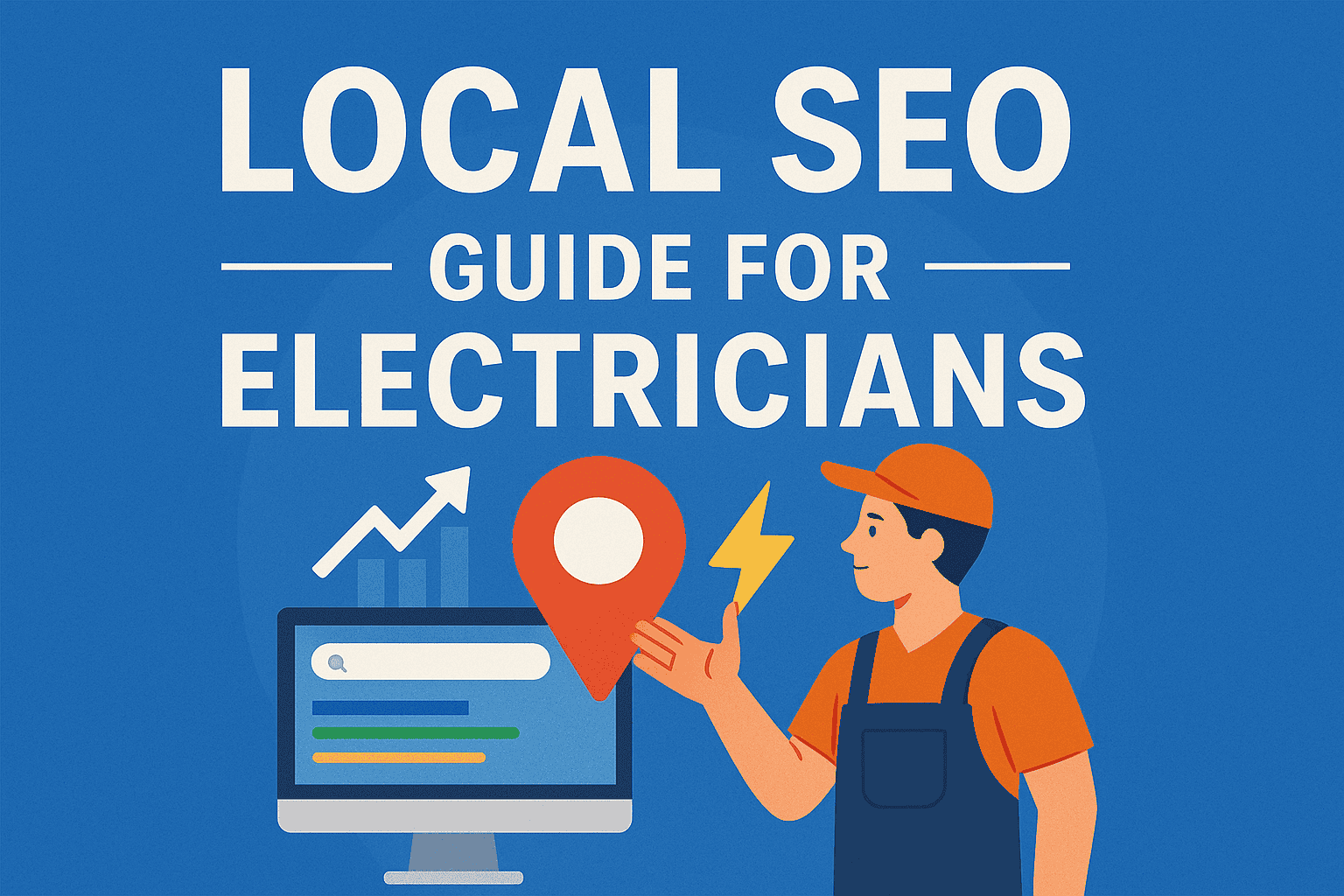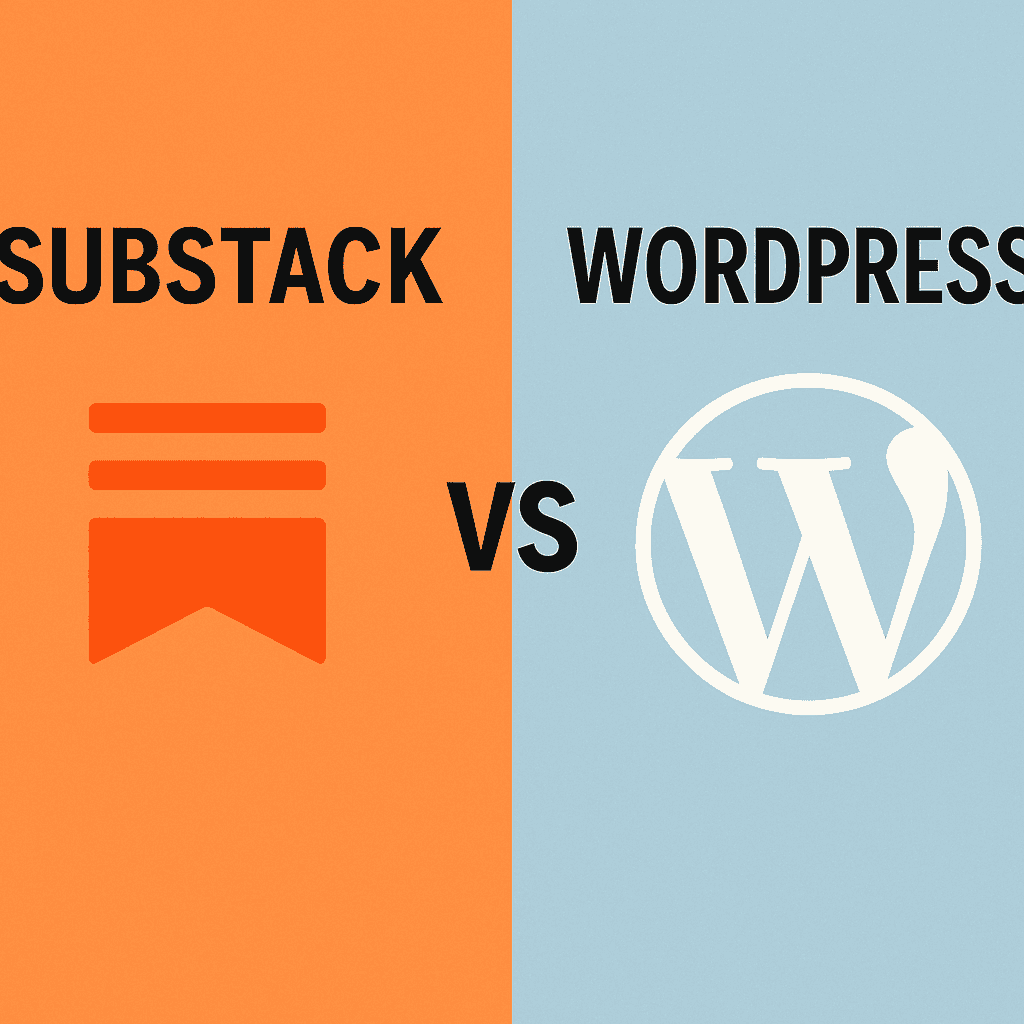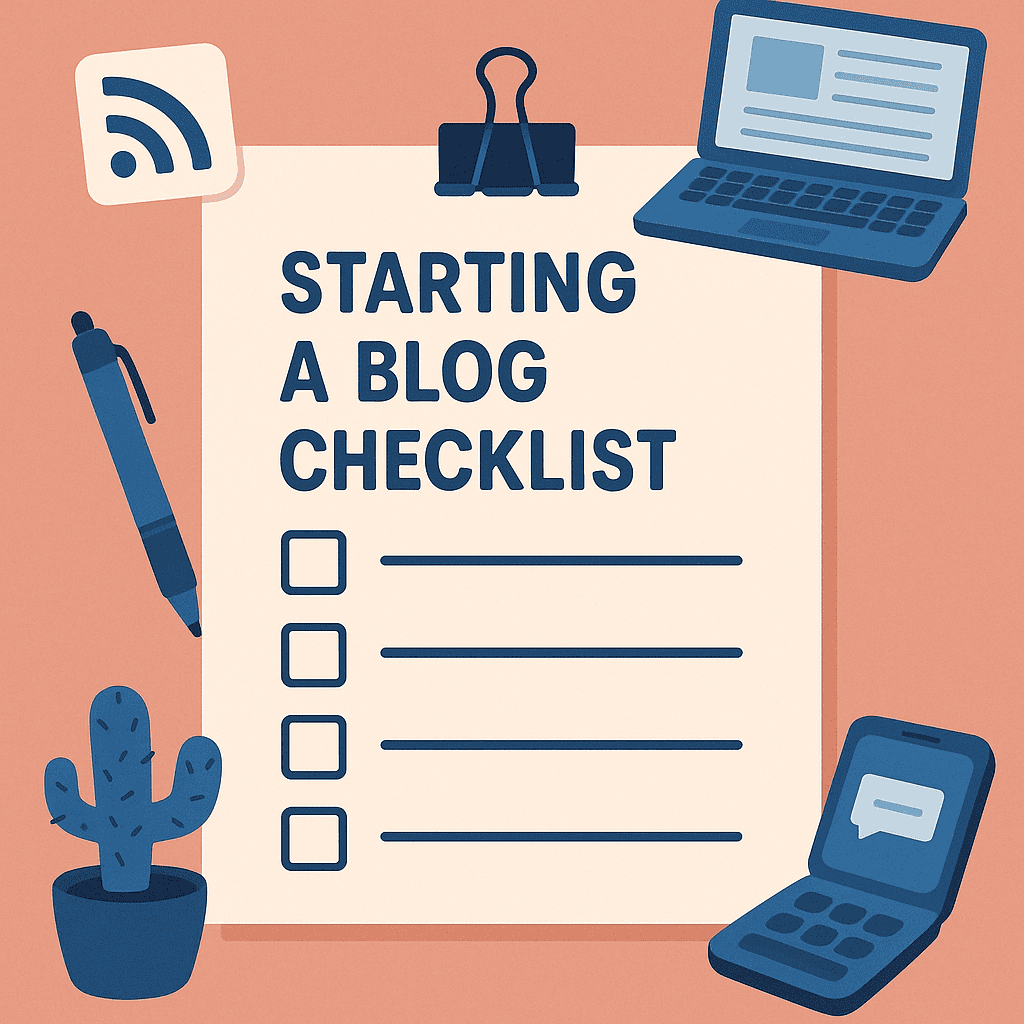Client Onboarding Form Builder
Create customized client onboarding forms for your business
Using our free Client Onboarding Form Builder is the easiest way to streamline your onboarding process, collect client information efficiently, and present your business as professional and organized. Whether you’re a freelancer, agency, or service-based business, onboarding is the first impression — and we help you make it seamless. Many service-based professionals, especially in finance, benefit from optimized local pages—see our guide on local SEO for financial advisors.
Step 1: Visit the Onboarding Form Builder Tool
Start by navigating to our Client Onboarding Form Builder. No sign-up is needed to get started. From there, click “Create New Form.” You’ll be prompted to choose a template or start from scratch. Templates are pre-loaded with commonly used questions for client intake — like name, email, service needed, budget, goals, and timeline.
Step 2: Customize Your Form
Next, personalize the form to match your business needs. Add or remove fields with a simple drag-and-drop interface. You can include text inputs, checkboxes, dropdowns, file uploads, and date pickers. Don’t forget to add branding by uploading your logo and customizing the color scheme. This makes the form look like it came directly from your business.
Step 3: Set Automation Rules
To save even more time, add automation rules. For example, when a client selects a certain service from your dropdown, trigger a follow-up email or redirect them to a calendar booking page. You can also set up email notifications for both you and the client when the form is submitted, keeping everything in sync.
Step 4: Share Your Form
Once your form is ready, hit “Publish.” You’ll get a unique link you can embed on your website, share via email, or send directly in your DMs. You can also download it as a QR code for printed materials or networking events. The form is mobile-optimized and loads fast, so you won’t lose clients to clunky forms or delays. For more context, learn more in our guide on link building tracker spreadsheet.
Step 5: Review and Manage Submissions
All form submissions are stored in your dashboard. You can view them in real-time, export them to Google Sheets or Excel, or automatically pipe them into your CRM. Each submission includes a timestamp and all the client’s answers, so your team has everything they need to follow up, onboard, or begin the service.
Bonus Tip: Clone and Reuse Forms
If you offer multiple services or have different teams, you can clone an existing form with one click and tweak it for another use case. No need to start from scratch every time.
Recent Free Tools & Articles
 Blog
Blog Local SEO Guide for Electricians: Dominate Your Service Area
Learn proven local SEO strategies to help your electrical business rank higher in local search results, attract more customers, and...
 Blog
Blog Substack vs WordPress: Which Platform is Best for You?
Substack vs WordPress: Complete Platform Comparison for Content Creators Choosing the right content creation platform can feel overwhelming when you're...
 Blog
Blog How To Generate Wedding Leads Using SEO
Engaged couples spend countless hours searching online for their perfect wedding vendors. They're actively looking for photographers, planners, venues, and...
 Blog
Blog Outrank.so Reviews – Is It Worth $99/mo?
The world of AI-powered content marketing tools keeps growing every day. Business owners face tough choices about which platforms deserve...
 Blog
Blog Starting A Blog Checklist: Everything You Need
Creating a digital platform that stands out takes more than good ideas – it demands smart preparation. Imagine building something...
 Blog
Blog Ahrefs vs KWFinder: What Is The Best Keyword Tool
Choosing the right SEO tools can transform how you approach digital marketing. Whether you're optimizing a blog or managing enterprise-level...